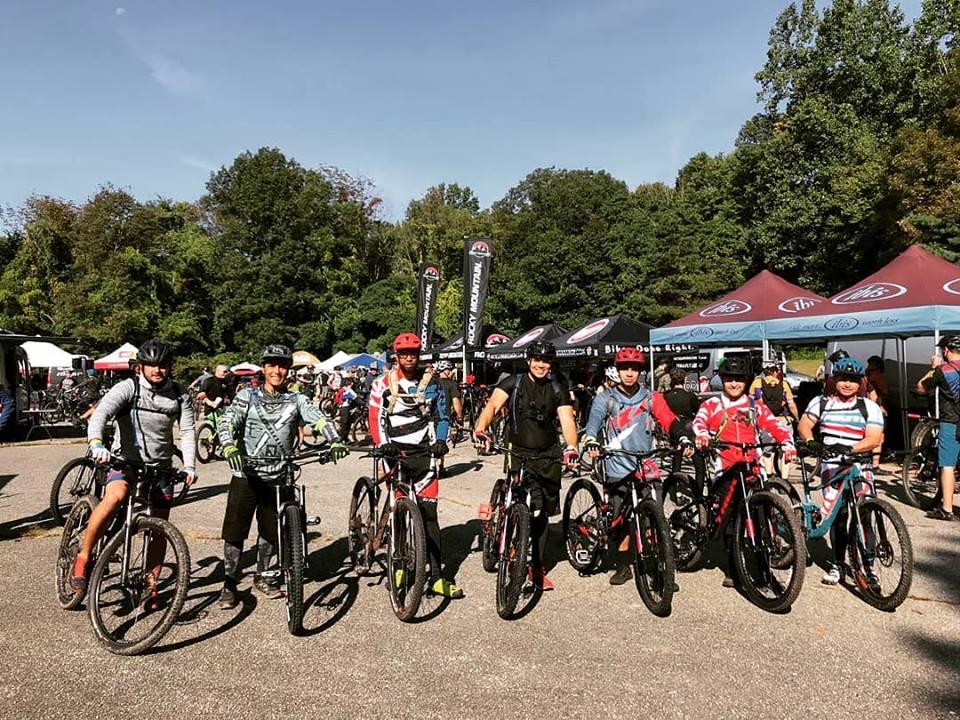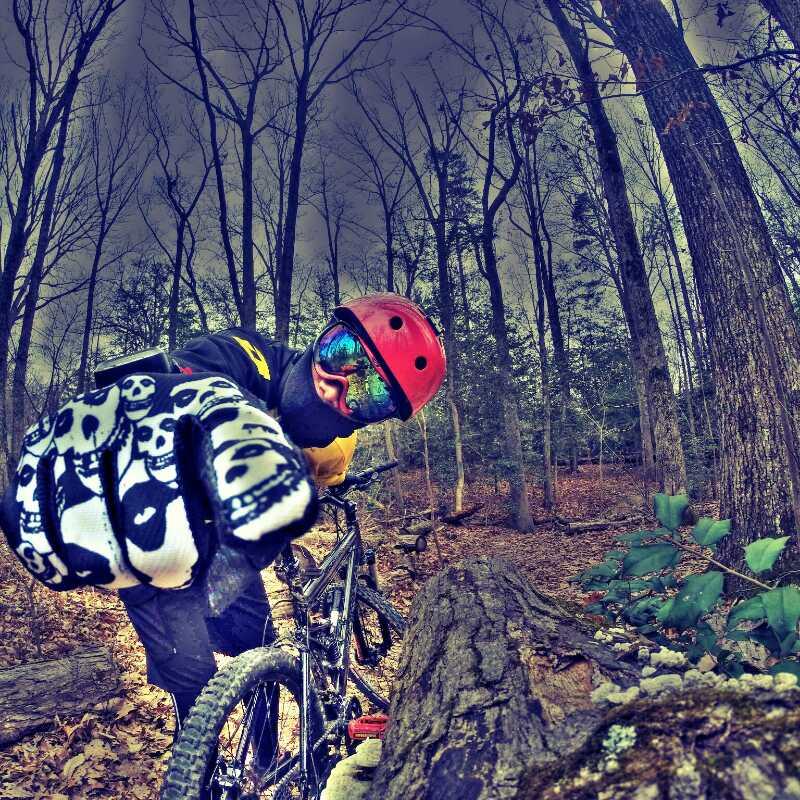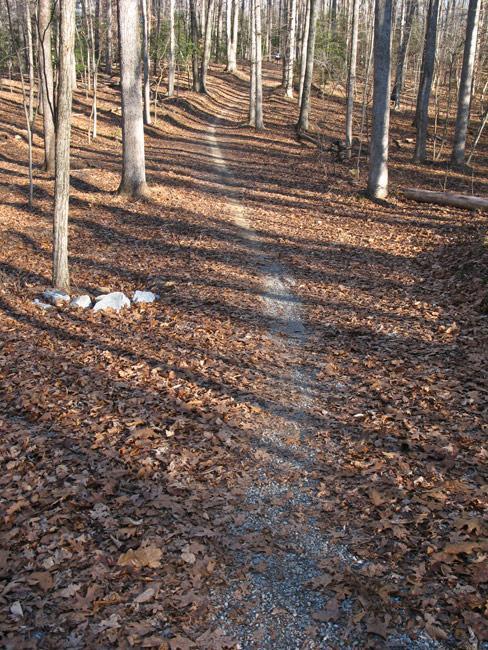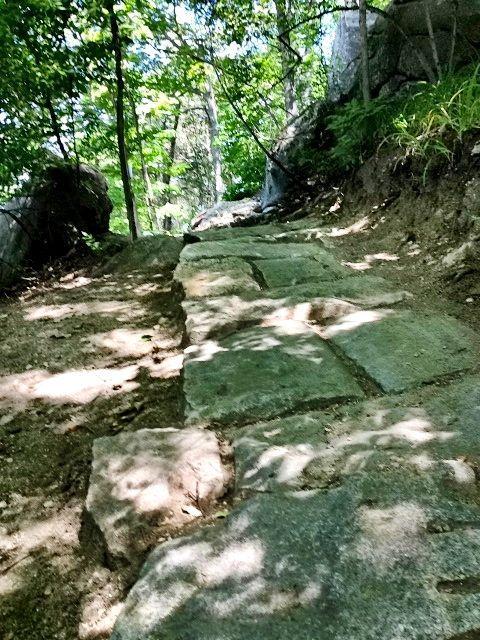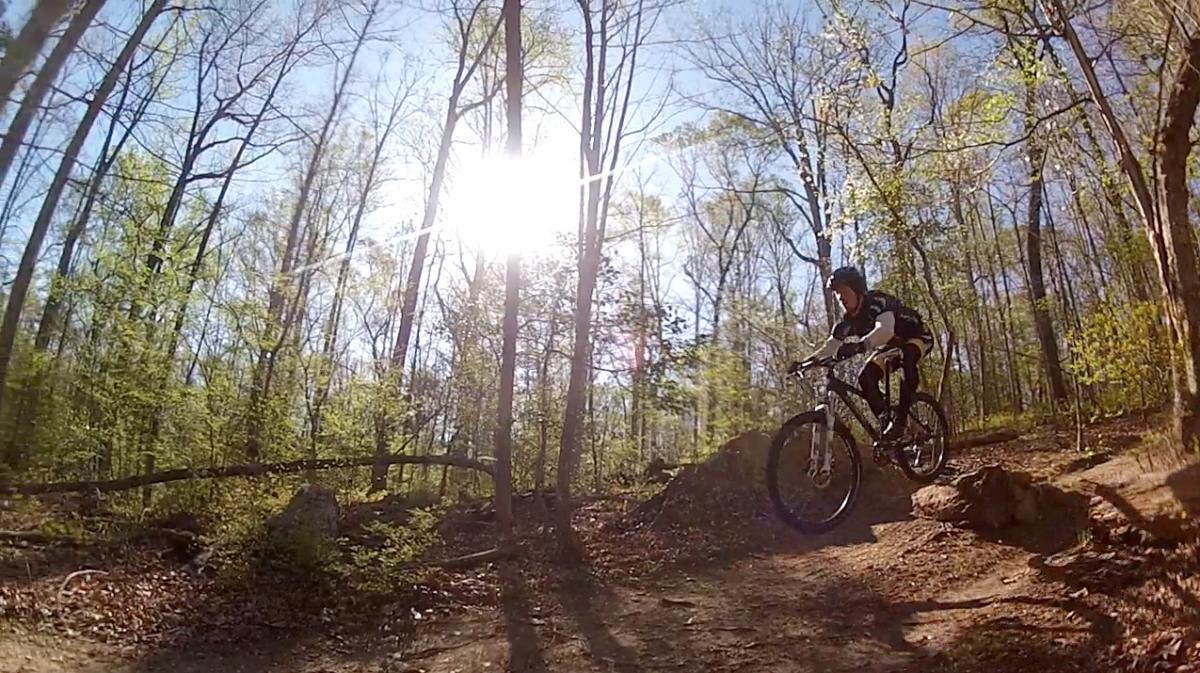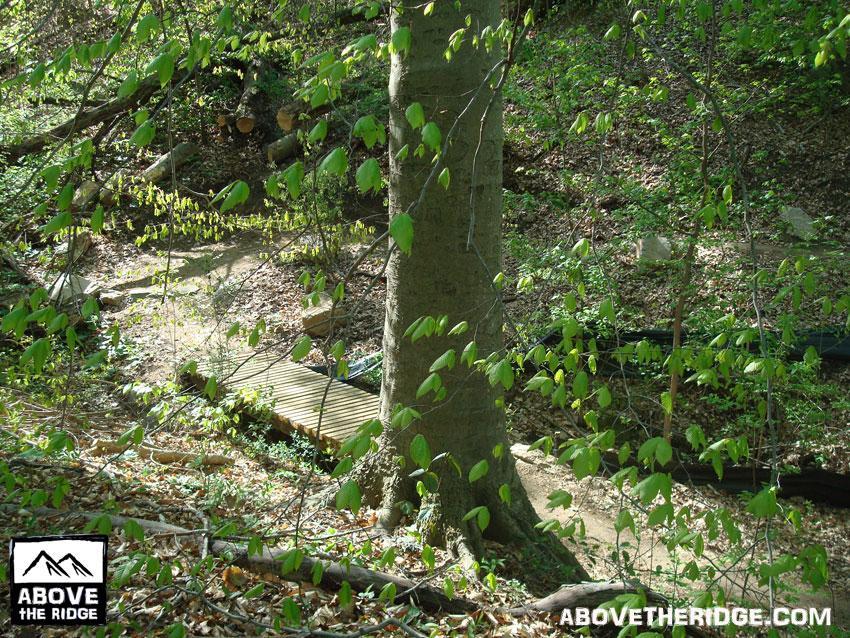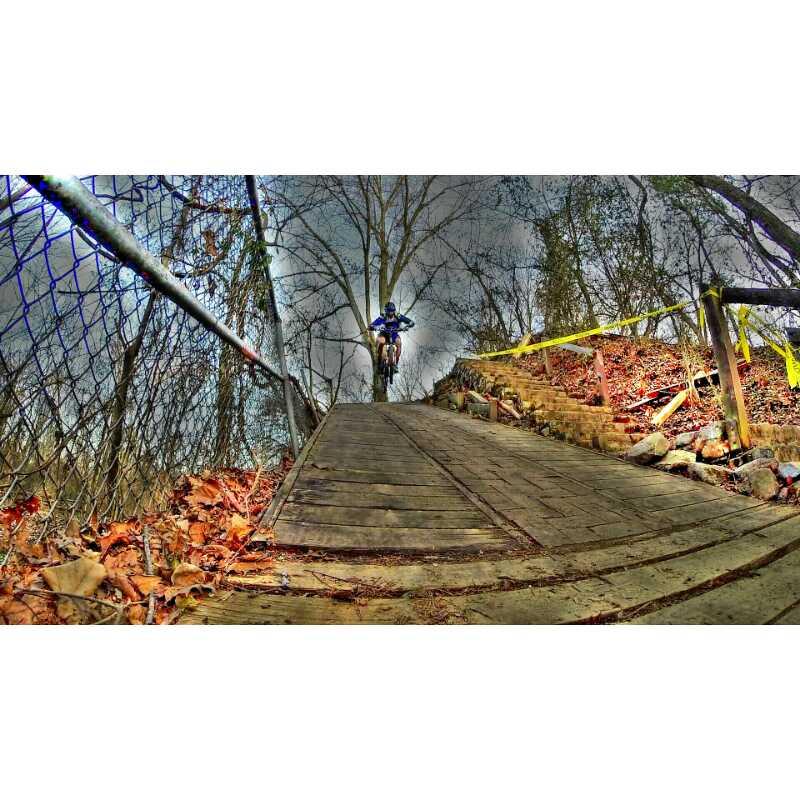Nestled in the heart of Moab, Utah, the Poison Spider Mesa trail offers a uniquely challenging yet rewarding experience for cyclists. As an intermediate level, 13-mile loop route, it promises much but divides opinion.
Trail Overview
- Distance: 13 miles
- Level: Intermediate
- Route Type: Loop
- City: Moab
- State: Utah
The Intoxicating Appeal of Poison Spider
The trail begins with a rigorous climb over bedrock, punctuated by alluvial terraces and occasional patches of deep sand. As riders make their ascent, they are met with a flatter, ledgy surface, providing a brief reprieve. But, a curvy path awaits ahead, presenting some route-finding challenges, especially when aiming for the slickrock surface.Once atop the mesa, the world of slickrock opens up. Here, riders have two choices:
- Follow the trail markers, which are amusingly painted as little Jeeps.
- Or opt for a freeform ride across the hallowed ground. Should they choose the latter, studying a trail map beforehand and keeping an eye out for specific landmarks is crucial for navigation to the rim.
For the audacious cyclists, the famous Portal Trail singletrack descent offers a heart-pounding finish to the loop. But, it's a path fraught with danger. With extreme exposure and a very narrow singletrack skirting a near-vertical cliff face, it's a segment where many prefer to walk, given its treacherous nature. Some have paid dearly, illustrating the high-risk nature of this section.
Feedback from the Trenches
It's evident that Poison Spider's charm is somewhat polarized among the cycling community. While its fame is undeniable, the consensus isn't universal:
- Pros: The sheer beauty of the landscape, combined with the engaging slickrock sections, seem to be the highlights.
- Cons: Deep sand patches frequently interrupt the ride, causing many intermediates to dismount. Moreover, with the popularity of Jeeps on this trail, especially during the Jeep Jamboree weekends, cyclists often find the path challenging to navigate.
Recent additions to Moab's trail offerings have somewhat overshadowed Poison Spider, with some older reviews even suggesting alternate routes to experience the captivating Portal Trail. A common sentiment is the trail's better suitability for jeeping than mountain biking due to its sandy and torn terrain.
Getting There
From Moab's center, head north on HWY 191 from the Center and Main St. intersection. After approximately 4 miles, turn left onto Potash Road (UT279) and continue for another 6 miles. Keep an eye out for the "Dinosaur Tracks" sign, which is your cue to make a right turn, leading you uphill to the trailhead parking area.
Final Verdict
While Poison Spider Mesa undoubtedly offers moments of thrill and breathtaking views, it might not be for everyone. Its challenging terrains mixed with heavy jeep traffic, make it a trail where cyclists should venture with both eyes wide open. For those seeking slickrock joy without the sandy interruptions, it might be worth considering other Moab classics.





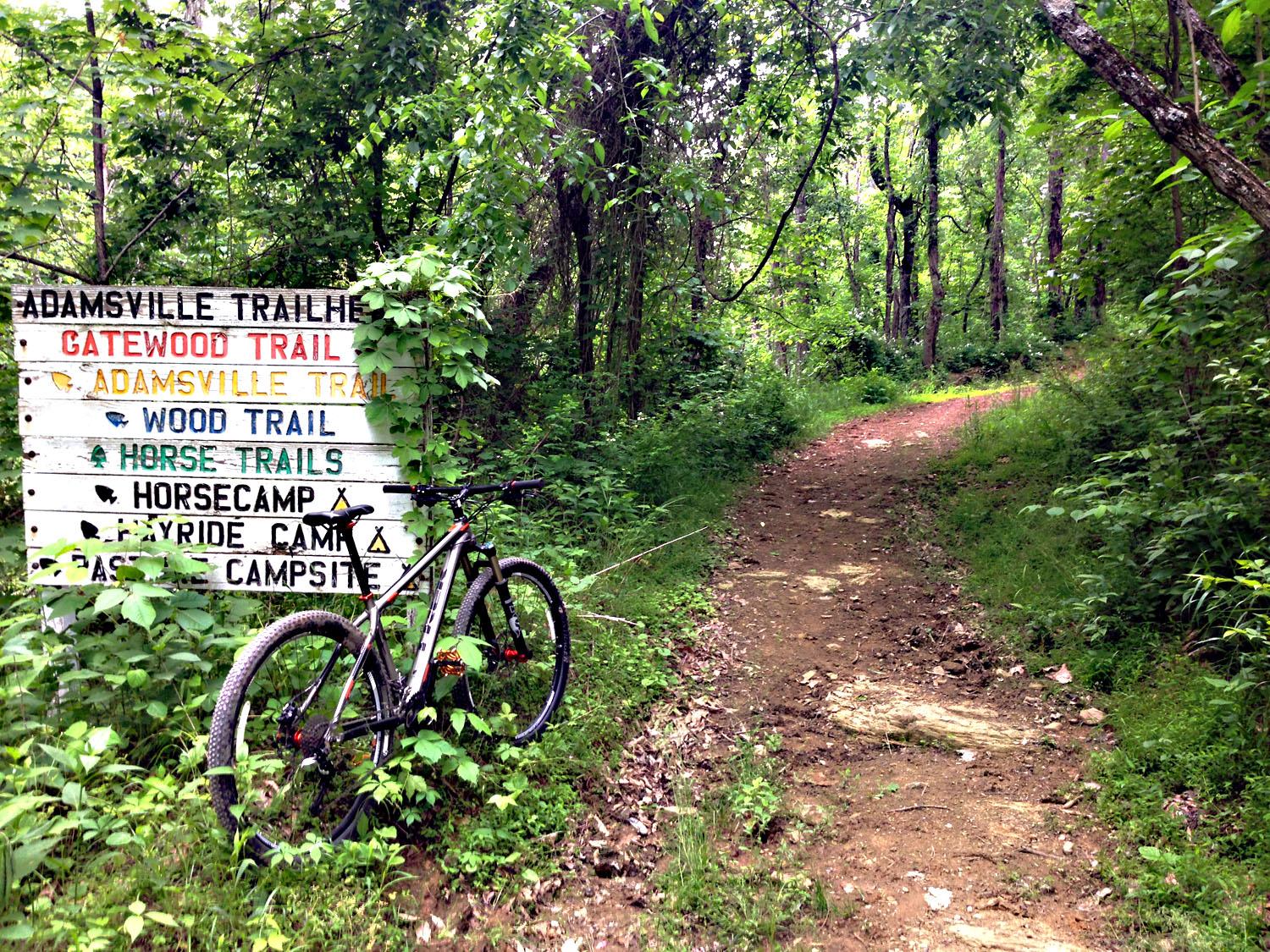
 10 mi
10 mi 